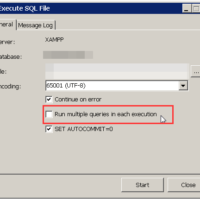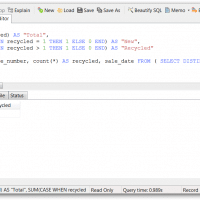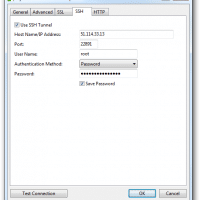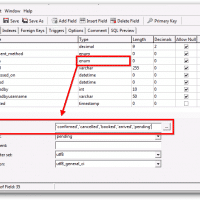MySQL Server has gone away when importing large sqlfile [Navicat, SOLVED]

Recently I tried importing a 1.2GB SQL dump file and Navicat kept immediately timing out with: [Err] 2006 – MySQL server has gone away Eventually, I was able to the entire file (6 million records worth) to import by unchecking* the “Run multiple queries in each execution” option before starting the import process. After this, the process completed perfectly! *normally I always uncheck that box, but for some reason this time I forgot to uncheck it on my first attempt.


